In northern Peru, where the sun never hides and the ocean breathes calmly, there’s a route that goes beyond tourism. It’s a journey back to nature, to simplicity, to everything often forgotten in the rush of daily life. Between Piura, Máncora, and the Tumbes mangroves, this adventure isn’t measured by distance, but by how awake the senses become.
Warmth that feels like an old friend
Piura welcomes with open arms. The dry air, the endless blue sky, and a city that feels alive without ever seeming in a hurry. Its colonial streets carry a quiet elegance, and every square is filled with a sense of place. In every corner, the scent of northern dishes and fresh fruit invites you to slow down.
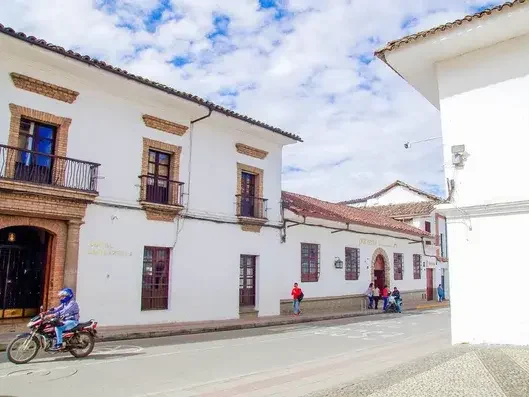
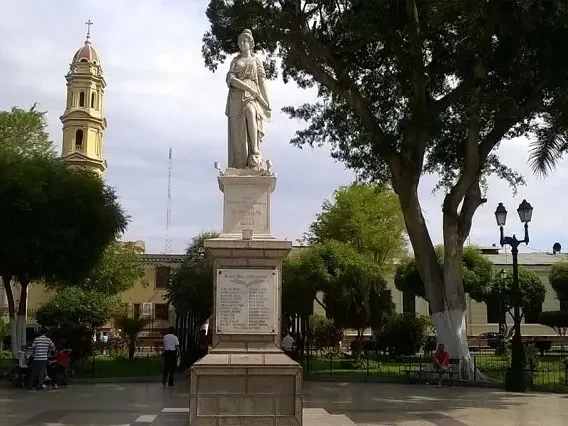
Here, nothing is urgent. Museums, churches, and shaded plazas aren’t checkmarks on a list — they’re soft invitations to understand the identity of the north: proud, warm, and quietly resilient.
The sea appears like a promise fulfilled
The road to the coast stretches across a desert-like landscape, broken only by distant hills and sunburned trees. And suddenly, there it is — the vast Pacific Ocean, shimmering under the sun.
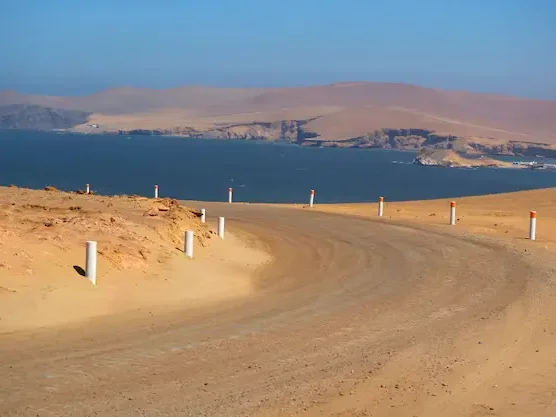
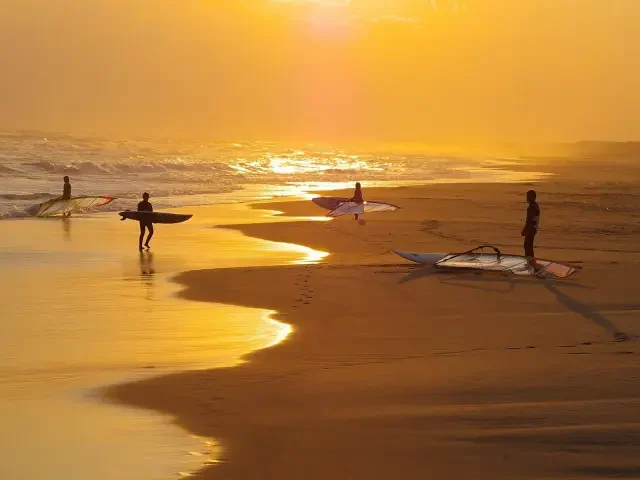
Máncora doesn’t need an introduction. It just is. The kind of place where time forgets itself. Surfboards rest on warm sand, travelers walk barefoot down sandy roads, and the wind carries a sense of freedom.
One afternoon, a sailing boat heads out to sea. Music plays softly. The sun begins to sink into the horizon, painting the sky in golden fire. Everything aligns: the breeze, the silence, the feeling of being exactly where one should be.
Encounters in the water
At sunrise, a small boat heads out into the open sea. The goal is to see sea turtles — but what happens feels far more intimate. The turtles emerge gently, slowly, unafraid. They glide close by, as if inviting stillness.
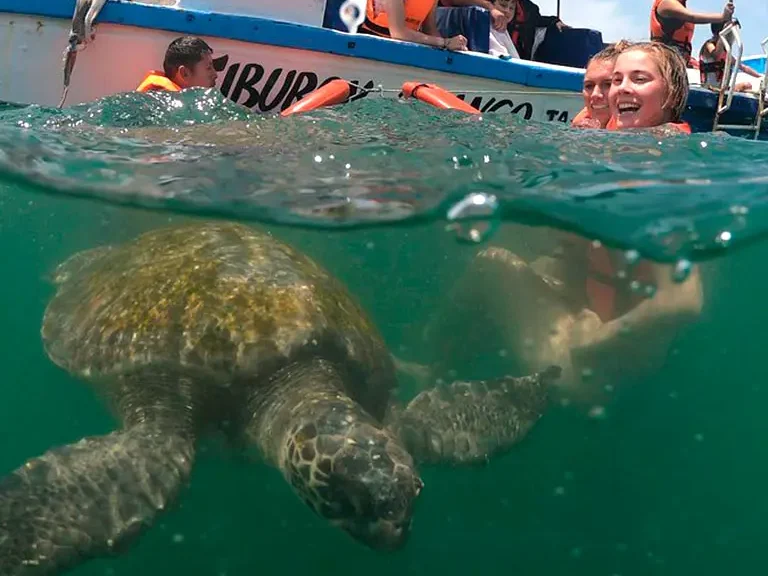

On board, the fishermen prepare a fresh ceviche, made from that morning’s catch, seasoned only with lime, onion, and care. Eating it right there, surrounded by ocean and sky, feels like something sacred — or at least, something real.
When green interrupts the desert
Farther north, the dry landscape gives way to something unexpected: the Tumbes mangroves. Here, freshwater and seawater meet, creating labyrinths of green where silence reigns and everything feels alive.
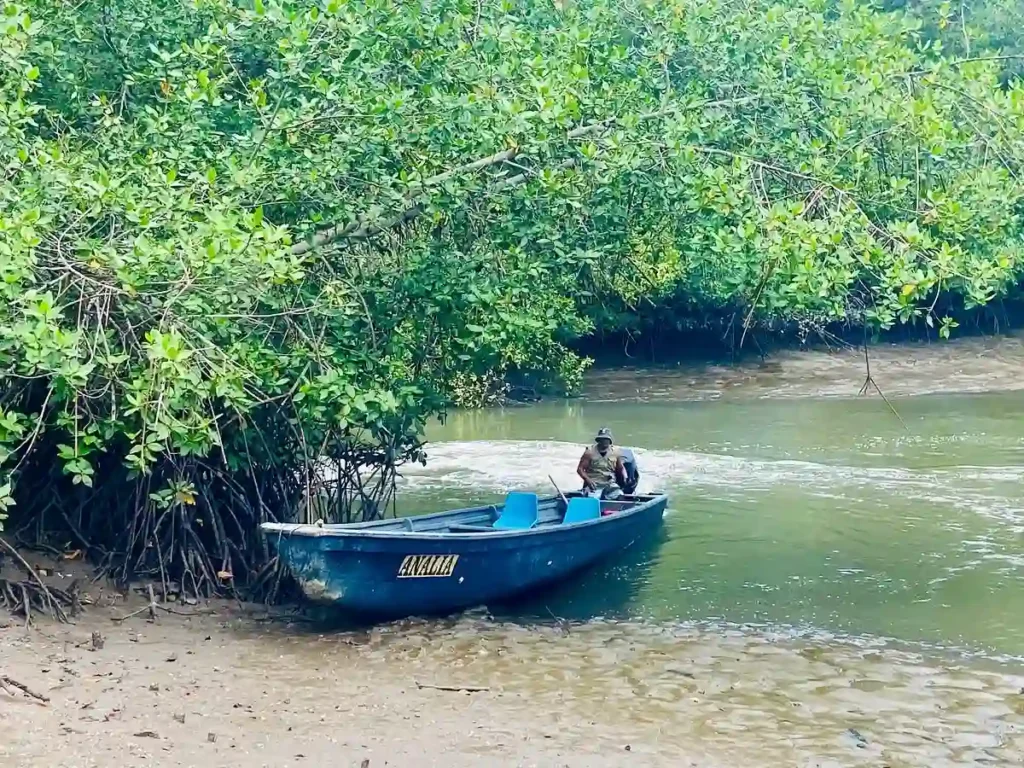
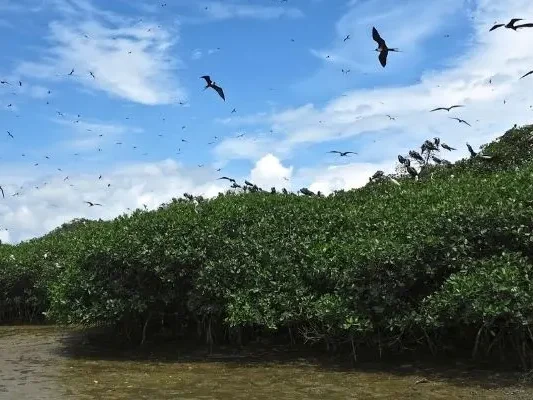
From Puerto Pizarro, a boat weaves through narrow channels. The names of the islands are almost poetic — Isla del Amor, Isla de los Pájaros, Isla Hueso de Ballena. Crocodiles sunbathe. Birds move in flocks. Tiny untouched beaches appear, then disappear again behind the trees.
This silence doesn’t feel empty — it feels full. Full of life. Full of presence.
An ending of sun and clay
Back in Máncora, hidden away from the beach bars and surfboards, lie the natural mud pools. There’s no show, no crowds. Just a handful of people covering themselves in warm, mineral-rich clay, and sitting quietly under the sun.
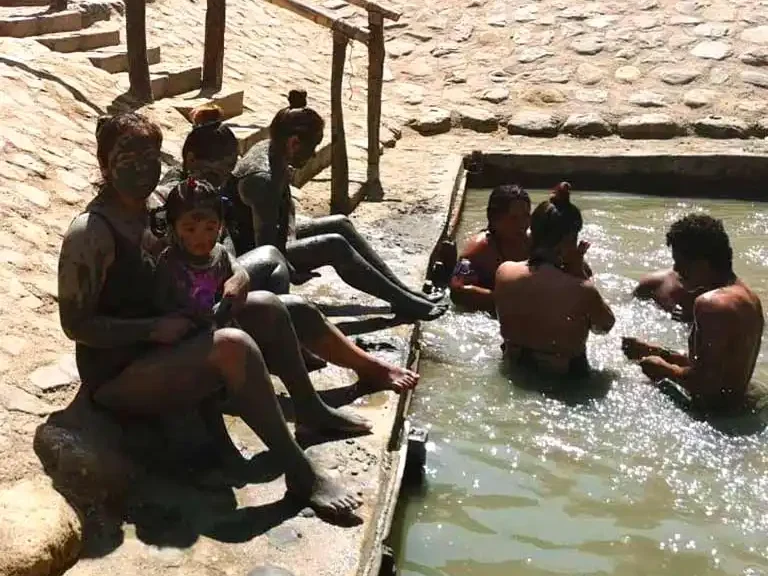
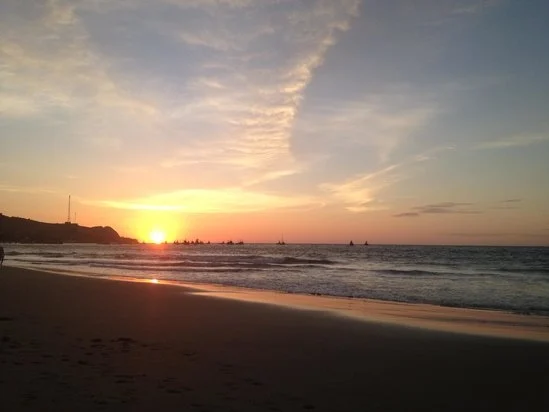
There’s no talking. No need to. The ritual is physical. Grounding. Healing. The body lets go, and so does the mind. There’s a lightness that comes with the stillness — a quiet farewell to a journey that gave more than it promised.
More than a trip
This route through Piura, Máncora, and Tumbes isn’t about how many places were visited. It’s about what was felt along the way. The salt drying on the skin. The sound of paddles gliding through mangrove water. The warmth of a smile shared with a stranger. The silence of a moment no one tried to capture.
This isn’t a journey to check off a list. It’s one to remember — eyes closed, heart open.
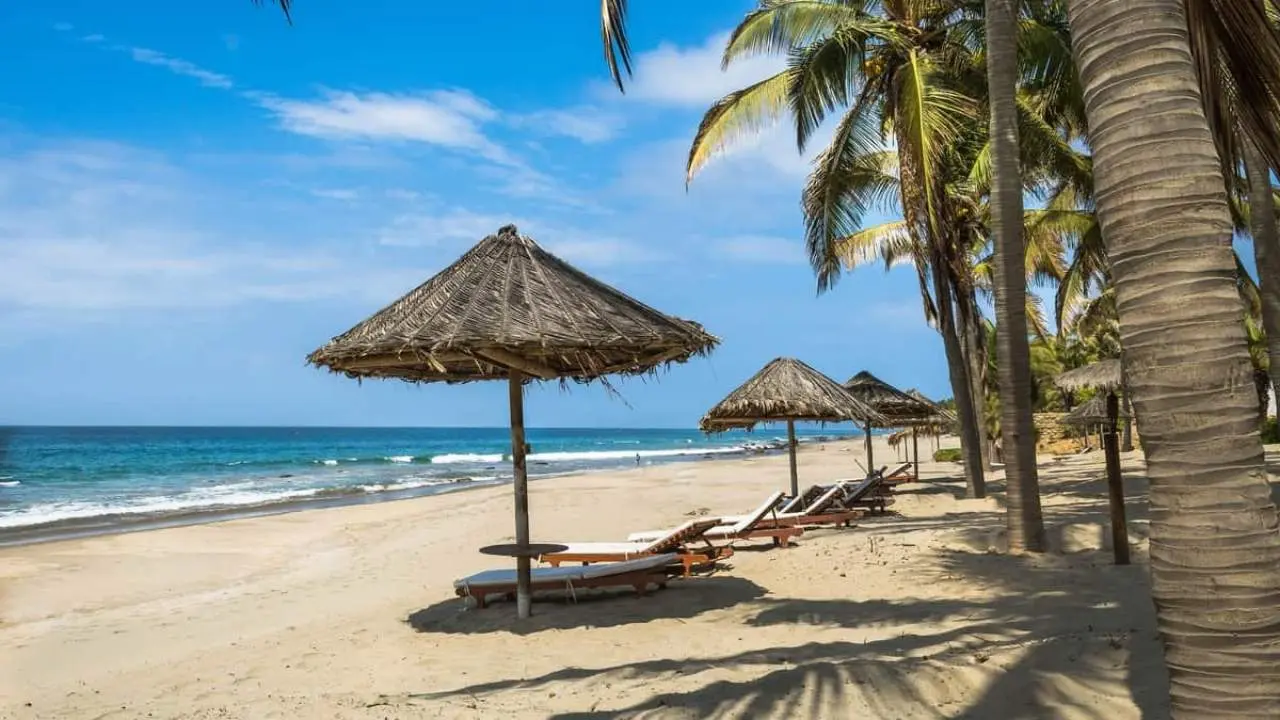





https://shorturl.fm/3X8uZ
https://shorturl.fm/w4SRS
Çeliktepe su kaçak tespiti Şişli’deki evimdeki su kaçağını hızlıca tespit ettiler. Çok memnun kaldım. https://www.ooyy.com/read-blog/3184
https://shorturl.fm/IHLc1
https://shorturl.fm/EbSMf
https://shorturl.fm/eeYwk
https://shorturl.fm/miH1n
https://shorturl.fm/tCT9s
https://shorturl.fm/FiDeE
https://shorturl.fm/jTRcR
https://shorturl.fm/OluTE
https://shorturl.fm/xV9Uz
https://shorturl.fm/sOKyr
https://shorturl.fm/j3RZF
https://shorturl.fm/NaPsb
https://shorturl.fm/tqNyY
https://shorturl.fm/CvfID
https://shorturl.fm/6eKYZ
https://shorturl.fm/kYXmz
Balat walking tour Highly recommend for couples and solo travelers. https://welbm.co.uk/?p=1216147
https://shorturl.fm/NED1f
https://shorturl.fm/OFGAl
https://shorturl.fm/aauTJ
https://shorturl.fm/fYdxP
Cihangir su kaçağı tespiti Binamızdaki su kaçağını tespit etmek için kullandıkları teknoloji son derece gelişmişti. Sorunu kısa sürede çözdüler. Cengiz V. https://avchats.com/read-blog/214
https://shorturl.fm/RNeKx
https://shorturl.fm/Ul218
https://shorturl.fm/w32R6
https://shorturl.fm/H30IN
https://shorturl.fm/sN3W1
https://shorturl.fm/iOXw3
https://shorturl.fm/exO3D
https://shorturl.fm/wSvC9
https://shorturl.fm/Yyw1E
https://shorturl.fm/bJUJB
https://shorturl.fm/zi6wC
https://shorturl.fm/4NctQ
https://shorturl.fm/gA5zf
https://shorturl.fm/MLAPU
https://shorturl.fm/29Onm
https://shorturl.fm/hZocN
https://shorturl.fm/eFBVN
https://shorturl.fm/ihh8D
https://shorturl.fm/gj2dj
https://shorturl.fm/PiELV
https://shorturl.fm/Zh5bW
https://shorturl.fm/yvzwA
https://shorturl.fm/sjk9Y
https://shorturl.fm/LWgeg
https://shorturl.fm/8Om5D
https://shorturl.fm/sASCF
https://shorturl.fm/S4HWh
https://shorturl.fm/p7o8o
https://shorturl.fm/1oJFv
https://shorturl.fm/4P1AM
https://shorturl.fm/JfBWu
https://shorturl.fm/nQNVT
https://shorturl.fm/44yjU
https://shorturl.fm/sEUSf
https://shorturl.fm/ynyri
https://shorturl.fm/sJCrd
https://shorturl.fm/lEzY6
https://shorturl.fm/hzA9J
https://shorturl.fm/H44Z3
https://shorturl.fm/HS8TQ
https://shorturl.fm/UNjX7
https://shorturl.fm/pbdkm
дизайнерская мебель стиль лофт [url=https://dizajnerskaya-mebel-1.ru/]дизайнерская мебель стиль лофт[/url] .
защитная пленка с клеевым слоем [url=https://www.samokleyushchayasya-plenka-1.ru]https://www.samokleyushchayasya-plenka-1.ru[/url] .
https://shorturl.fm/ensvK
https://shorturl.fm/eTDTL
https://shorturl.fm/CI4Ys
Istanbul historical tour This city tour saved me so much time. https://www.tatileli.com/cappadocia-hot-air-balloon-tours.html
https://shorturl.fm/n1Lry
https://shorturl.fm/j9zCC
https://shorturl.fm/NceEC
https://shorturl.fm/0Y6QO
https://shorturl.fm/8Tfzk
https://shorturl.fm/2TaLf
https://shorturl.fm/G2Zwu
https://shorturl.fm/KJg1S
https://shorturl.fm/Ug3mx
https://shorturl.fm/yDmaK
https://shorturl.fm/YafKa
https://shorturl.fm/5YJs2
https://shorturl.fm/cMIGF
https://shorturl.fm/F6jq1